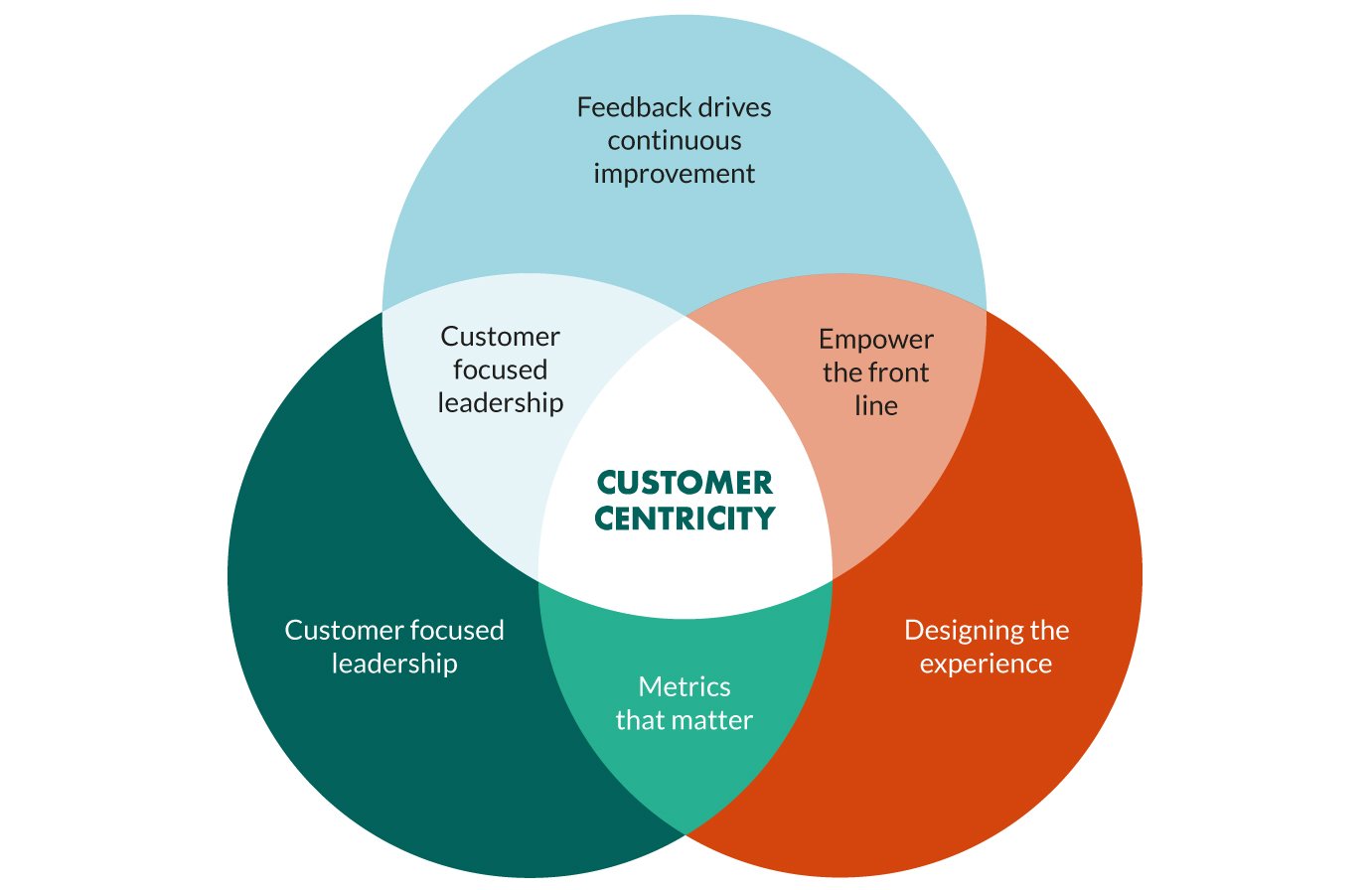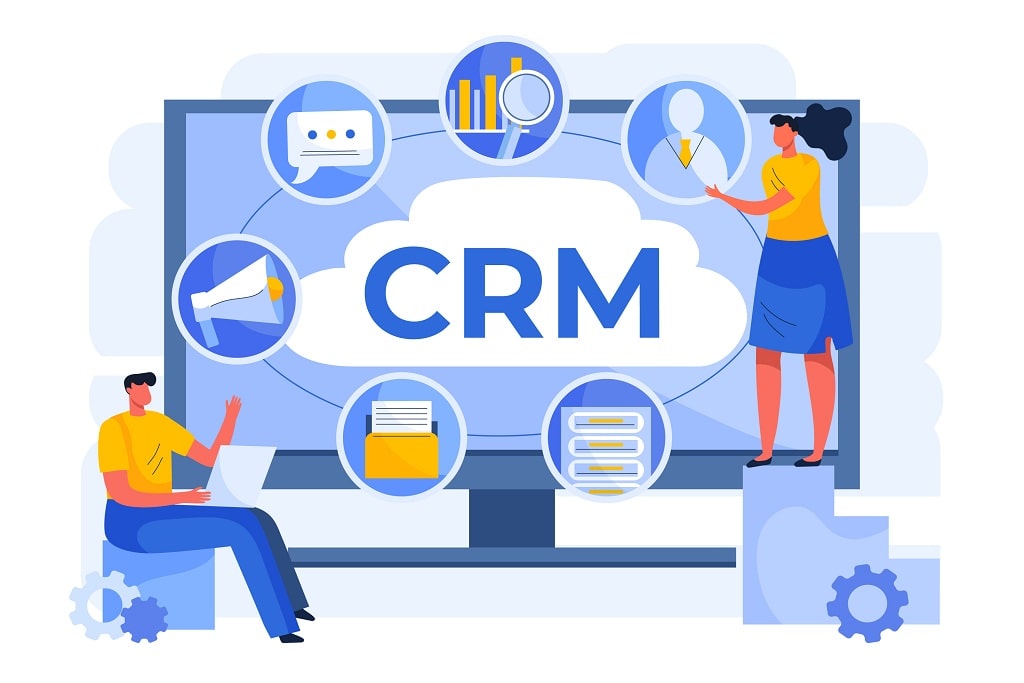CRM for is the cornerstone of modern business strategies, providing a comprehensive suite of tools to manage customer relationships effectively. From sales and marketing to customer service, CRM empowers businesses to gain a deeper understanding of their customers, streamline operations, and drive growth.
With its ability to centralize customer data, automate workflows, and track key performance indicators, CRM for enables organizations to build stronger customer relationships, increase sales productivity, and improve overall business performance.
Customer Relationship Management (CRM) Overview
Customer Relationship Management (CRM) is a comprehensive strategy for managing interactions with customers. It involves managing all aspects of the customer lifecycle, from initial contact to ongoing support. CRM systems are designed to help businesses track customer data, automate processes, and improve customer satisfaction.
Key components of a CRM system include:
- Customer data management:Stores and manages customer contact information, preferences, and history.
- Sales management:Tracks sales opportunities, manages leads, and automates sales processes.
- Marketing automation:Creates and manages marketing campaigns, tracks customer engagement, and automates marketing processes.
- Customer service management:Provides support to customers, tracks customer inquiries, and resolves issues.
Benefits of implementing a CRM system include:
- Improved customer satisfaction: By providing a better customer experience and resolving issues more efficiently.
- Increased sales: By streamlining sales processes and providing insights into customer behavior.
- Reduced costs: By automating processes and improving efficiency.
- Improved decision-making: By providing data and insights into customer behavior.
Examples of CRM software include Salesforce, HubSpot, and Zoho CRM. These software offer a range of features to meet the needs of different businesses.
CRM for Sales
Customer Relationship Management (CRM) systems play a crucial role in helping sales teams manage leads and opportunities effectively. By providing a centralized platform for storing and tracking customer data, CRMs empower sales professionals to nurture relationships, streamline processes, and ultimately drive revenue growth.
Lead Management
- Centralized Lead Database:CRMs create a single repository for all leads, ensuring that sales teams have access to the most up-to-date information.
- Lead Qualification:CRMs allow sales teams to qualify leads based on specific criteria, helping them prioritize and focus on the most promising prospects.
- Lead Nurturing:CRMs provide tools for automating lead nurturing campaigns, sending personalized emails, and tracking lead engagement.
Opportunity Management
- Opportunity Tracking:CRMs allow sales teams to track the progress of each opportunity, from initial contact to closing.
- Sales Forecasting:CRMs provide insights into the sales pipeline, enabling sales managers to forecast revenue and make informed decisions.
- Deal Collaboration:CRMs facilitate collaboration between sales teams, allowing multiple users to access and update opportunity information.
Tips for Using CRM to Improve Sales Productivity
- Regular Data Entry:Ensure that all customer interactions and updates are recorded in the CRM to maintain accurate and up-to-date information.
- Effective Lead Qualification:Establish clear criteria for qualifying leads to avoid wasting time on unqualified prospects.
- Automated Workflows:Leverage CRM automation features to streamline tasks such as lead nurturing and opportunity tracking.
- Sales Analytics:Utilize CRM analytics to identify areas for improvement, track sales performance, and optimize processes.
Best Practices for Integrating CRM with Other Sales Tools
- Email Integration:Integrate CRM with email platforms to automatically log emails and track customer interactions.
- Calendar Integration:Sync CRM with calendars to schedule appointments and track sales activities.
- Third-Party Integrations:Explore integrations with other sales tools, such as marketing automation platforms or social media management systems, to enhance CRM functionality.
CRM for Marketing

CRM empowers marketing teams to enhance their audience segmentation and campaign targeting strategies. It provides valuable insights into customer behavior, preferences, and demographics, enabling marketers to tailor campaigns that resonate with specific audience segments.
Segmentation and Targeting
By leveraging CRM data, marketers can segment audiences based on various criteria such as demographics, purchase history, website behavior, and email engagement. This allows them to create highly targeted campaigns that address the unique needs and interests of each segment.
For instance, a clothing retailer might segment its customers based on age, gender, and purchase history to send personalized recommendations for relevant products.
Campaign Effectiveness
CRM enables marketers to track the effectiveness of their campaigns across multiple channels, including email, social media, and website. By analyzing key metrics such as open rates, click-through rates, and conversion rates, marketers can gain valuable insights into what resonates with their audience and what needs improvement.
This data-driven approach allows for continuous optimization and refinement of marketing campaigns to maximize ROI.
Tracking Marketing ROI
CRM plays a crucial role in tracking the return on investment (ROI) of marketing campaigns. By integrating with sales and finance systems, CRM provides a comprehensive view of the customer journey, from initial lead generation to purchase and beyond. This enables marketers to measure the impact of their campaigns on revenue, customer acquisition, and customer retention, demonstrating the value of their marketing efforts to the organization.
CRM for Customer Service

CRM empowers customer service teams to provide exceptional support by centralizing customer data, streamlining communication channels, and automating processes. It enables teams to quickly resolve issues, enhance customer satisfaction, and foster long-term relationships.
By leveraging CRM, customer service representatives gain a comprehensive view of each customer’s history, preferences, and interactions across multiple channels. This allows them to personalize interactions, anticipate needs, and proactively address potential issues.
Creating a Seamless Customer Experience
- Centralize customer data:Consolidate customer information from various sources into a single, accessible repository, providing a complete picture of each customer’s journey.
- Streamline communication channels:Integrate multiple channels, such as phone, email, chat, and social media, into a unified platform, enabling seamless communication and faster response times.
- Automate workflows:Utilize automation to streamline repetitive tasks, such as ticket assignment, case routing, and follow-up reminders, freeing up agents to focus on complex issues.
Tracking Customer Feedback
CRM provides robust tools for capturing and analyzing customer feedback. By integrating surveys, feedback forms, and social media monitoring, businesses can gather valuable insights into customer satisfaction, identify areas for improvement, and make data-driven decisions.
Regularly tracking and analyzing customer feedback allows businesses to:
- Identify pain points:Pinpoint specific areas where customers are facing challenges or dissatisfaction, enabling targeted improvements.
- Measure customer satisfaction:Track key metrics, such as customer satisfaction scores (CSAT) and customer effort scores (CES), to gauge the effectiveness of customer service efforts.
- Monitor brand reputation:Monitor customer sentiment across social media platforms and review sites to identify potential reputational risks and proactively address them.
CRM Implementation and Integration
Implementing and integrating a CRM system is crucial for maximizing its benefits. This section provides a comprehensive guide to help you navigate the process successfully.
Step-by-Step Guide to CRM Implementation
1. Define Goals and Objectives
Clearly Artikel the specific business objectives you aim to achieve with CRM. This will guide your implementation strategy.
2. Select a CRM Solution
Evaluate various CRM solutions based on your needs, budget, and industry. Consider factors such as scalability, functionality, and ease of use.
3. Plan and Prepare
Establish a project plan, create a timeline, and assemble a dedicated team to oversee the implementation. Communicate the plan to all stakeholders.
4. Data Migration and Integration
Transfer existing customer data into the CRM system and ensure seamless integration with other business applications, such as ERP or marketing automation platforms.
5. User Training and Adoption
Train users on the CRM’s functionality and encourage adoption by providing ongoing support and resources.
6. Monitor and Evaluate
Regularly track key performance indicators (KPIs) to assess the effectiveness of your CRM system and make adjustments as needed.
Challenges of CRM Implementation
* Data Quality and Accuracy:Ensuring data is complete, accurate, and up-to-date can be challenging, especially during data migration.
User Resistance and Adoption
Overcoming user resistance to change and encouraging adoption of the CRM system is crucial for success.
Integration with Legacy Systems
Integrating CRM with existing business systems can be complex and time-consuming.
Cost and Budget Constraints
Implementing a CRM system can involve significant costs, so it’s essential to plan and budget accordingly.
Time and Resource Allocation
The implementation process can be resource-intensive, requiring time and effort from key personnel.
Overcoming Challenges
* Prioritize Data Quality:Establish data governance policies and processes to ensure data accuracy and completeness.
Address User Concerns
Communicate the benefits of CRM to users, provide training, and offer ongoing support to address their concerns.
Plan for Integration
Collaborate with IT and other stakeholders to develop a comprehensive integration plan that minimizes disruption.
Secure Funding and Resources
Allocate sufficient funding and resources to support the implementation and ensure long-term success.
Manage Expectations
Set realistic timelines and communicate the potential challenges to stakeholders to manage expectations.
CRM Integration with Other Business Systems
Integrating CRM with other business systems, such as ERP, marketing automation, and customer support platforms, provides a holistic view of customer interactions. This integration enables:* Data Sharing and Synchronization:Seamless exchange of customer data across different systems, eliminating data silos and improving data accuracy.
Automated Processes
Streamlining workflows and automating tasks, such as lead generation, sales follow-ups, and customer support ticketing.
Enhanced Customer Experience
Providing a consistent and personalized customer experience across all touchpoints by sharing relevant information and preferences.
Improved Decision-Making
Access to real-time data and insights from integrated systems enables data-driven decision-making.
CRM Trends and Best Practices

The rapid advancements in technology have significantly influenced the landscape of Customer Relationship Management (CRM). Let’s explore the emerging trends and best practices that are shaping the future of CRM.
The integration of Artificial Intelligence (AI) and Machine Learning (ML) is revolutionizing CRM. AI-powered chatbots and virtual assistants provide real-time customer support, automating tasks, and personalizing interactions. ML algorithms analyze customer data to identify patterns, predict behavior, and deliver tailored recommendations.
Cloud-based CRM, Crm for
Cloud-based CRM solutions offer flexibility, scalability, and cost-effectiveness. They enable businesses to access their CRM systems from anywhere, with real-time data synchronization and updates. This eliminates the need for on-premise infrastructure, reduces maintenance costs, and allows for seamless collaboration among teams.
Social CRM
Social media has become an integral part of customer engagement. Social CRM tools monitor social media platforms, track customer interactions, and analyze sentiment. This empowers businesses to respond to customer inquiries, resolve issues, and build stronger relationships.
Best Practices for CRM Management and Optimization
Effective CRM management requires a well-defined strategy and continuous optimization. Here are some best practices to consider:
- Define clear CRM goals and objectives.
- Select a CRM system that aligns with your business needs.
- Implement a comprehensive data management strategy.
- Foster user adoption and provide ongoing training.
- Monitor and measure CRM performance regularly.
Case Studies of Successful CRM Implementations
Numerous businesses have experienced significant benefits from implementing CRM solutions. For instance, Salesforce’s CRM platform helped a healthcare provider improve patient satisfaction by 15% through personalized communication and automated follow-ups.
Last Point
In today’s competitive business landscape, CRM for has become an indispensable tool for organizations looking to gain a competitive edge. By leveraging the power of CRM, businesses can foster customer loyalty, drive revenue growth, and position themselves for long-term success.
Questions Often Asked
What is CRM for?
CRM for is a software solution that helps businesses manage customer relationships across various departments, including sales, marketing, and customer service.
How can CRM for benefit my business?
CRM for can improve sales productivity, enhance marketing campaigns, and provide exceptional customer service, leading to increased revenue and improved customer satisfaction.
What are some key features of CRM for?
CRM for typically includes features such as contact management, lead tracking, sales forecasting, marketing automation, and customer support tools.
